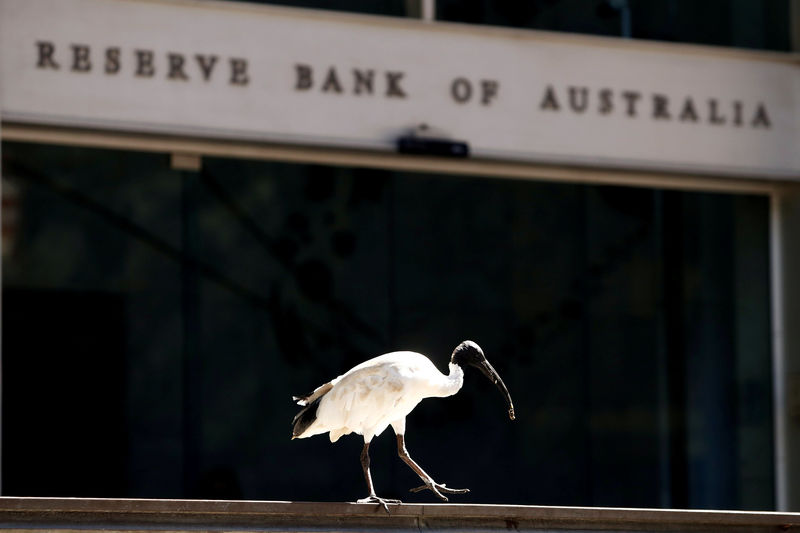JFrog stock rises as Cantor Fitzgerald maintains Overweight rating after strong Q2
By Ambar Warrick
Investing.com -- The Reserve Bank of Australia raised interest rates as expected on Tuesday and flagged more hikes this year as it moves to control overheated inflation, but also warned that economic growth is likely to slow in the near-term.
The RBA hiked its cash target rate by 25 basis points to an over 10-year high of 3.35%, having now raised rates by a cumulative 325 bps in this rate hike cycle.
RBA Governor Philip Lowe said in a statement that more interest rate hikes were still needed, given that inflation is trending well above the central bank’s target rate of 2% to 3%.
“Further increases in interest rates will be needed over the months ahead to ensure that inflation returns to target and that this period of high inflation is only temporary,” Lowe said in a statement.
The Australian dollar reacted positively to the RBA’s statement, rallying 0.8% to 0.6936 against the USD.
Consumer price index inflation grew at an annual pace of 7.8% in the December quarter - its fastest pace in over 30 years, despite a series of rate hikes by the RBA through 2022. But the bank had slowed its pace of rate hikes towards the end of the year, as it sought to strike a balance between curbing inflation and “keeping the economy on an even keel.”
Lowe said that inflation is likely to decline this year, to 4.75% by end-2023, as the effects of high interest rates are felt. But CPI inflation is only expected to fall within the central bank’s target by 2025, heralding more economic pain for Australia.
Lowe also warned on Tuesday that the path to achieving a soft landing for the Australian economy “remains a narrow one.” He forecast that economic growth will slow to about 1.5% over 2023 and 2024, as an initial boost from the COVID reopening appeared to have run out of steam.
The RBA governor also forecast increased unemployment, with the national rate expected to rise to 3.75% by end-2023 and 4.5% by mid-2025.
High inflation and steep interest rates have already taken a toll on the Australian economy, which grew at a slower-than-expected pace in the third quarter. Retail sales and consumer sentiment have also declined in recent months.
